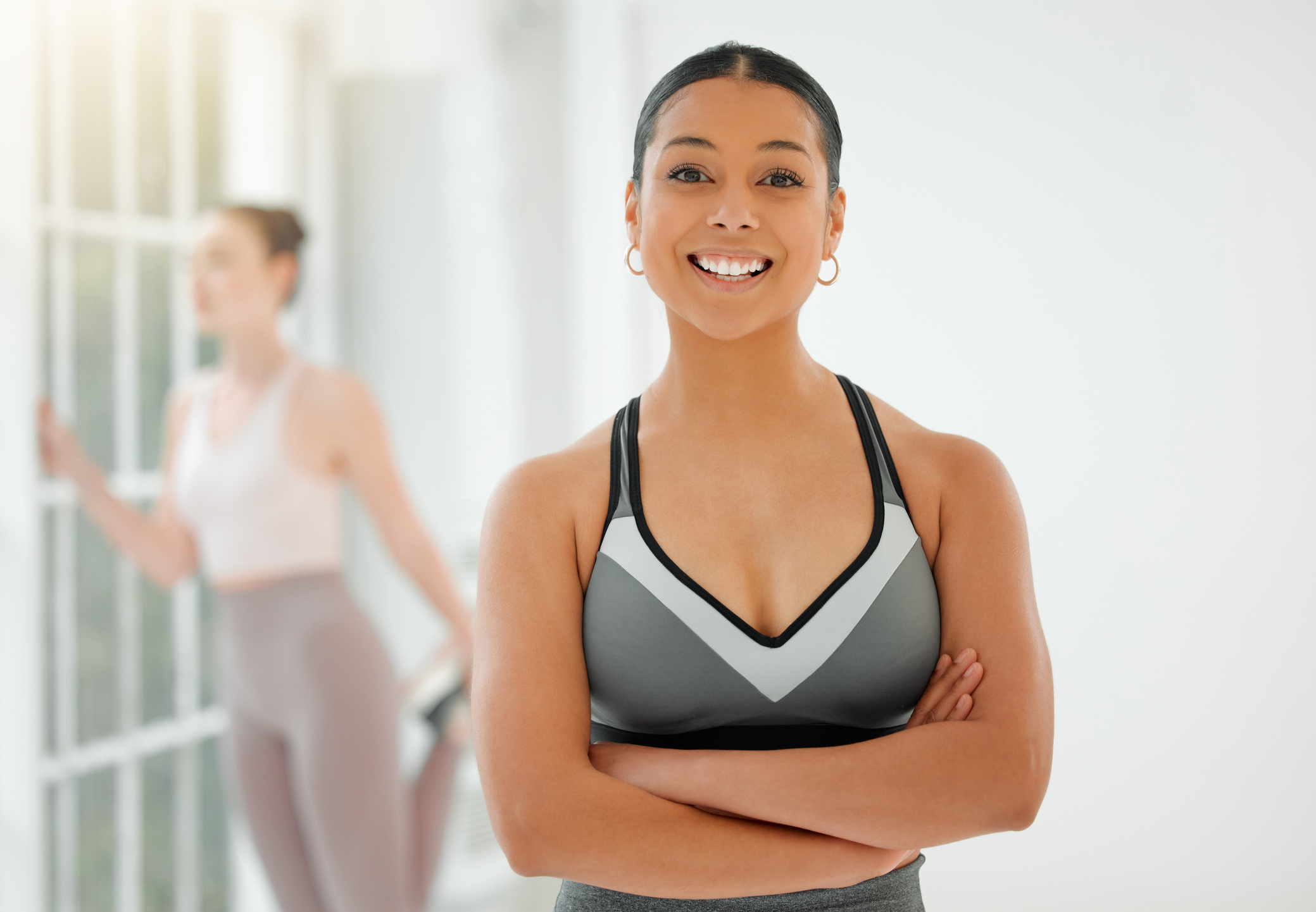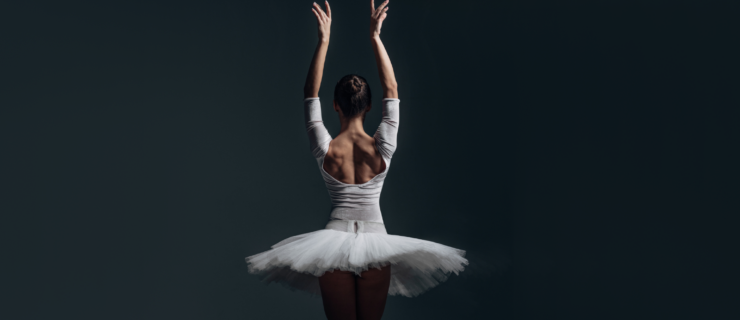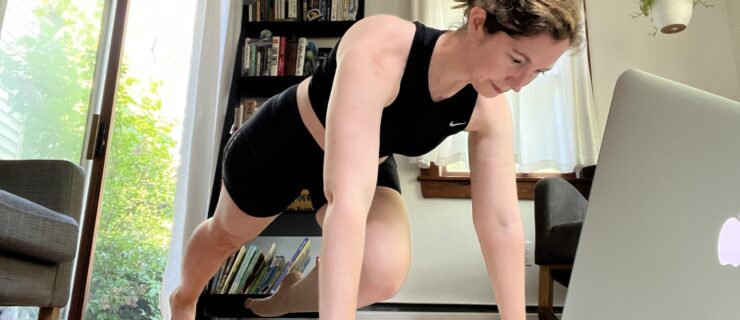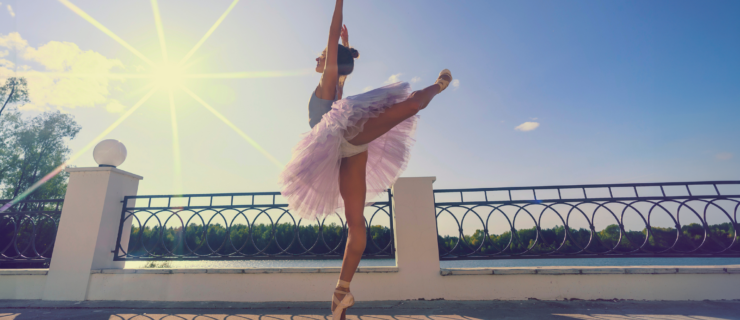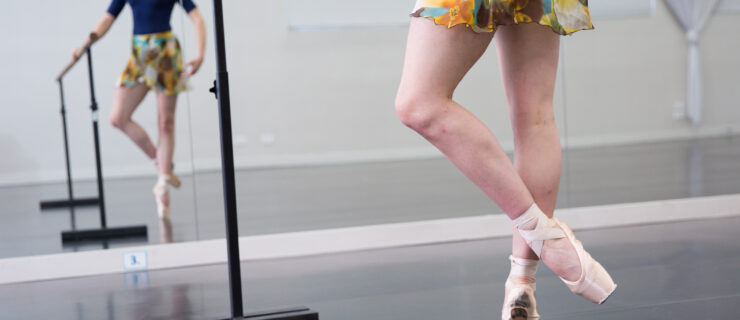What Is Body Image Resilience, and How Can Dancers Develop It?
You’ll be hard-pressed to find a ballet dancer who has never worried about their body. The culture, the mirrors, comments from teachers, social media and peer pressure all play into a dancer’s concerns with looking a certain way or fitting into some perceived “ideal.”
As a holistic health, nutrition and lifestyle coach, I work with so many aspiring and professional dancers through one-on-one or group coaching and other correspondence. They frequently talk to me about their experiences and their difficulties with body image. Even those who you might assume never worry about how they look go through occasional periods of struggle in the body-image department.
I’ve always believed dancers have the potential to find body positivity, which encourages loving your body at any shape or size. Within the wellness space, however, some practitioners think body neutrality—which emphasizes appreciating what your body can do instead of how it looks—should be the goal. Recently, I’ve made a shift that has helped dancers immensely: Rather than trying to have a positive or even just neutral body image, dancers can feel empowered by developing what’s called “body image resilience.” This shift in my own approach is influenced by the research of Lindsay Kite, PhD, and Lexie Kite, PhD, experts in the study of body image.
“This is not about believing that your body looks good, but rather knowing that your body is good, however it looks.”
Body image resilience acknowledges that, in all likelihood, you will encounter body comments, shaming or feedback at some point. The way you deal with these can help you bounce back more quickly to a healthier mindset—becoming more resilient. This is not about believing that your body looks good, but rather knowing that your body is good, however it looks.
The journey of building body image resilience can truly enhance and uplift not just your dance experience but your life. Just as self-care, developing healthy routines, and balanced eating take time and attention, so does cultivating a resilient self-image. Here are some helpful strategies.
Label Your Thoughts
Thought-labeling is a mindfulness technique that you can easily employ in any circumstance. If you’re in class and you start having negative thoughts about your body or dancing, label the each though as “helpful” or “unhelpful.” Thinking about a correction as you dance could be helpful. If you add any body scrutiny to the thought process of that correction, you’re getting into unhelpful territory. For example, if you think “I should square my hips more in arabesque, but my line would look so much better if my legs were smaller,” the second part of the thought process is unhelpful.
If you’re working with a toxic teacher or you’re in a company environment where poorly delivered feedback makes you question your value or self-worth, you might also choose to label this sort of critique as helpful or unhelpful. Labeling allows you to release a thought more quickly, before your mind runs away with it, and steer your focus back to dancing.
Close Your Eyes
The next time you’re in class and you find yourself fixating on your body or a specific body part, close your eyes. (I always stress that this has to be done safely, so first take a second to make sure you’re not going to cause a collision in class!) This is best practiced at the barre or during moments in combinations where you’re not traveling.
When you close your eyes, bring the focus to how it feels to be in your body. What’s the sensation of your muscles engaging? Notice the power and control you feel. When you open your eyes again, keep your intention on those physical sensations.
Try Practicing Yoga
While yoga might be something you’ve considered for cross-training, it also provides huge potential for shifting body image. Find a yoga studio without mirrors, or begin a home practice. The yoga instructors who have had the biggest impact on body image for my clients are the ones who constantly remind them to turn inward. Yoga can allow you to truly acknowledge what your body can do—without sparing a thought about how it looks or how you compare to others.
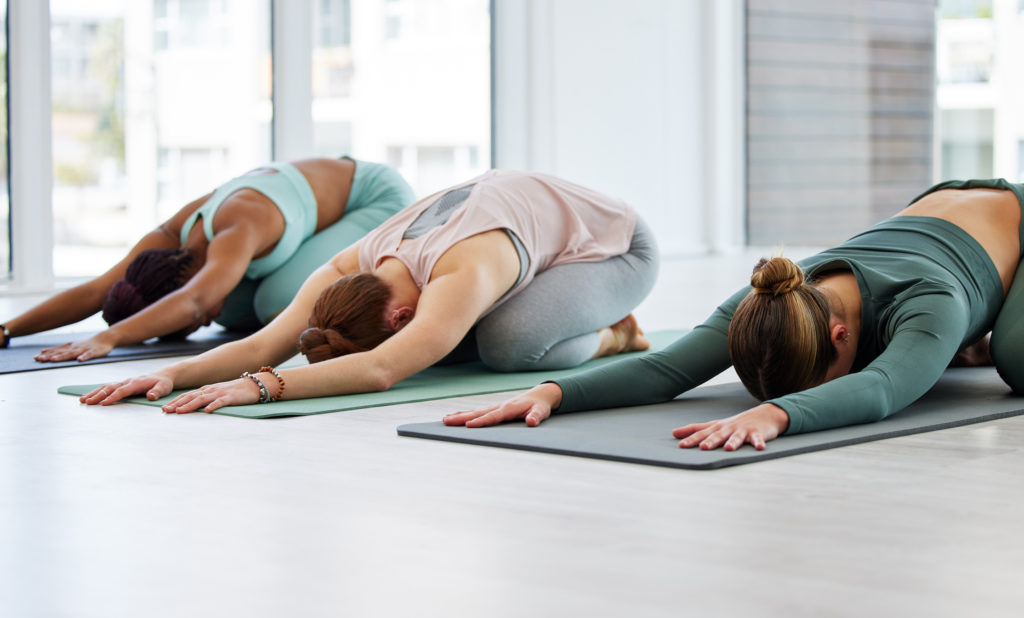
Commit to Viewing Your Body With Amazement
Rather than looking for flaws, view your body through a lens of awe and wonder. Allow yourself to be truly impressed by the incredible physical feats you perform every day in class. Despite being confronted by prevalent but untrue messages that your body is wrong or that there’s only one acceptable body type in ballet, body image resilience is going to allow you to respond to stressors by feeling empowered.
Like most mindset work, building resilience is a process. Once you’ve made the commitment to pay attention to your body image challenges, choose one proactive way to react. Start with one small action and you’ll start to build an arsenal of more productive reactions to negative thoughts. Comments will come, but resilience will get you through them. It can also support you through casting disappointments, audition rejections and any challenges you may face as you pursue ballet.
